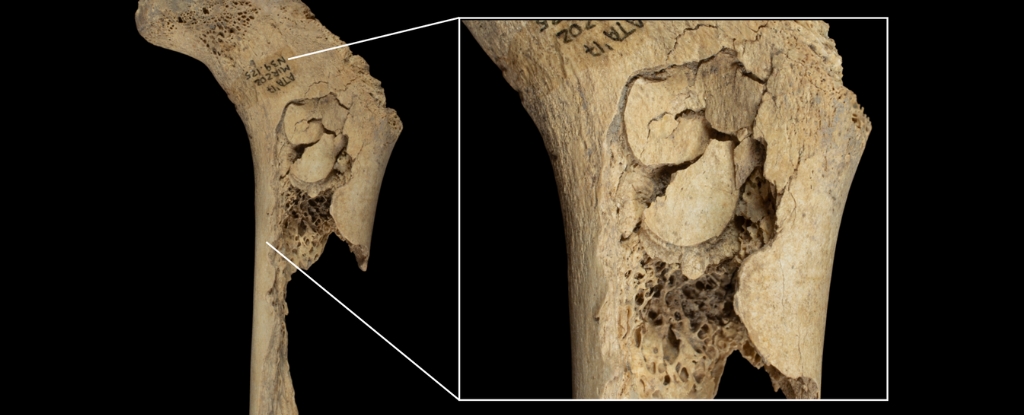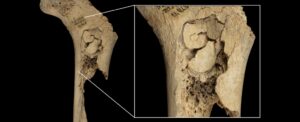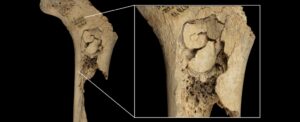
Excavations in the El Mirador cave, located in the Sierra de Atapuerca region of Spain, have revealed shocking evidence of cannibalism among humans living on the Iberian Peninsula during the late Neolithic period. Analysis of skeletal remains indicates that at least 11 individuals, including children and adolescents, were subjected to a gruesome series of post-mortem processes, including skinning, defleshing, disarticulation, and cooking. These findings, dating back approximately 5,709 to 5,573 years ago, suggest a possible act of social violence rather than a habitual practice.
Research conducted by a team from the Catalan Institute of Human Paleoecology and Social Evolution, led by paleoecologist Palmira Saladié, indicates that this incident of cannibalism likely occurred in a single, isolated event, rather than being part of a broader cultural practice. Saladié noted, “In this study we are dealing with a new case of cannibalism at the Atapuerca sites… Cannibalism is one of the most complex behaviors to interpret.”
Evidence of Extreme Violence
The analysis of the human bones, which included 650 individual fragments, revealed clear signs of post-mortem processing. Researchers identified various alterations, such as the smoothing of bone ends consistent with cooking, discoloration indicative of cremation, and cut marks associated with defleshing and dismemberment. Notably, some remains displayed signs of being gnawed, suggesting that human teeth may have been involved in the consumption process.
Radiocarbon dating of the bones indicated that all individuals were likely butchered and consumed around the same time, pointing to a violent episode that may have unfolded over several days. Examination of strontium isotope ratios confirmed that the victims were local inhabitants. According to Francesc Marginedas, an evolutionary anthropologist at IPHES, “This was neither a funerary tradition nor a response to extreme famine. The evidence points to a violent episode, given how quickly it all took place.”
Context of Cannibalism in Prehistoric Societies
The findings contribute to a growing body of research indicating that inter-group violence was prevalent in Neolithic societies across the Iberian Peninsula. Factors such as territorial disputes, competition for resources, and increasing population pressures likely contributed to these violent interactions.
Archaeozoologist Antonio Rodríguez-Hidalgo emphasized the implications of these findings for understanding human behavior, stating, “Conflict and the development of strategies to manage and prevent it are part of human nature.” The evidence suggests that cannibalism may have been employed as an extreme measure to exert control over adversaries during times of conflict.
The discovery at El Mirador cave not only highlights the violent realities of prehistoric life but also offers insight into the complex social dynamics of ancient communities. Saladié remarked, “The recurrence of these practices at different moments in recent prehistory makes El Mirador a key site for understanding prehistoric human cannibalism and its relationship to death.”
The research has been published in Scientific Reports, adding to the ongoing academic discourse surrounding the nature of cannibalism and its interpretations in prehistoric contexts. As more evidence emerges, it becomes clear that the motivations for such acts were likely multifaceted, encompassing social, cultural, and survival-related factors.






